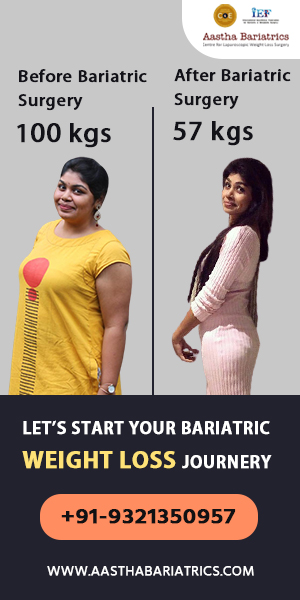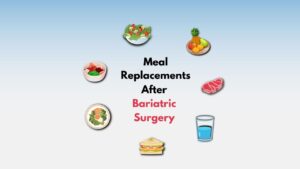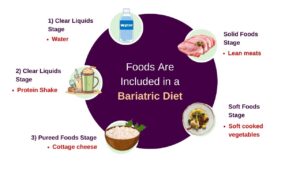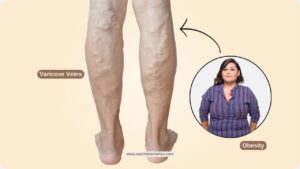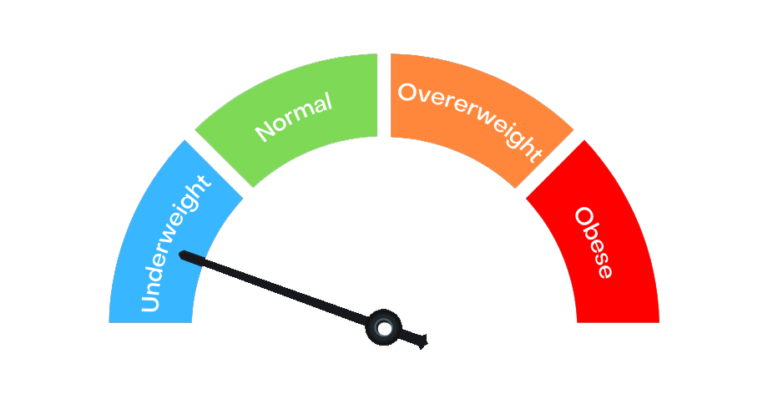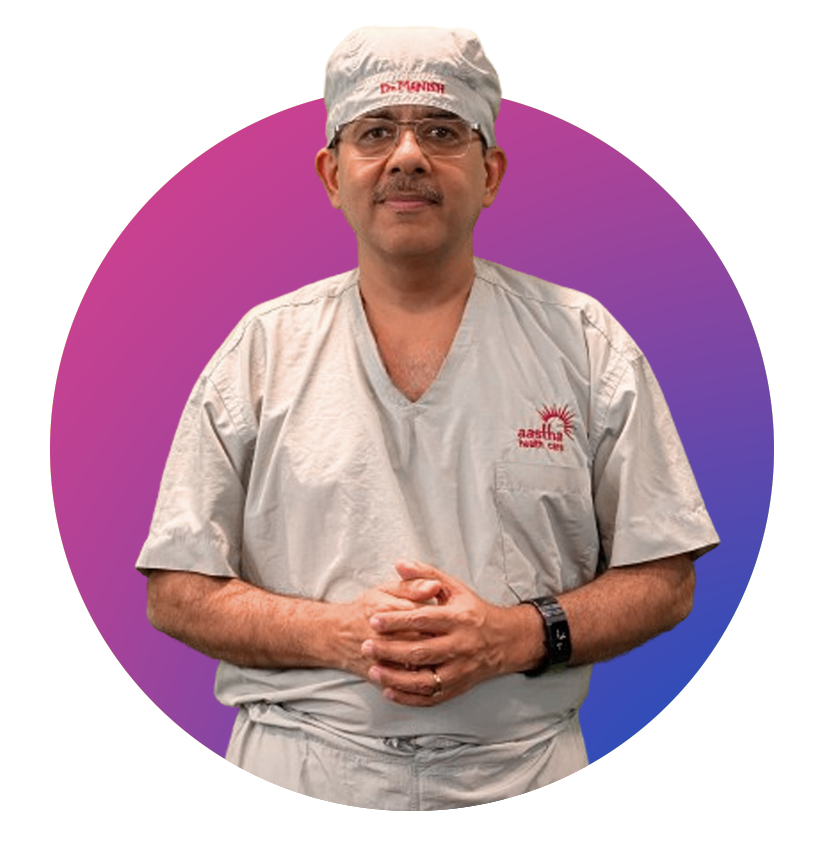Decoding the Battle: Unhealthy Fats vs Healthy Fats Explained
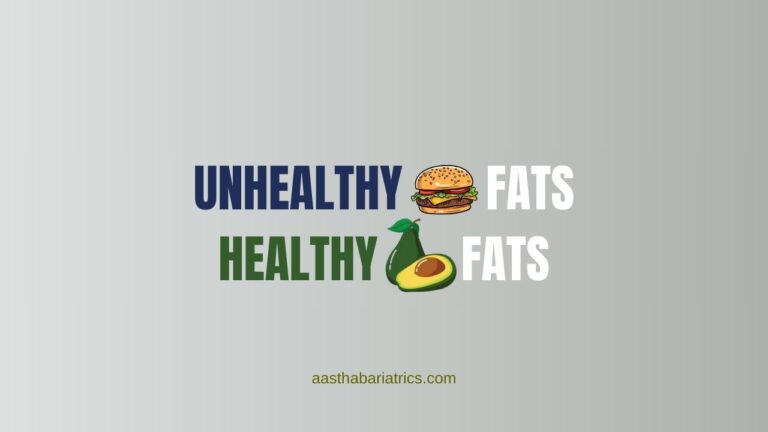
What are fats?
Fats are one of the three main macronutrient groups in the human diet along with carbohydrate, proteins. Fats are an important part of a healthy, balanced diet. We need some fat in our diets to help us absorb the fat-soluble vitamins A, D, E and K. Fats are also a source of essential fatty acids, which the body cannot make itself.
The human body can produce the fat it requires from other food ingredients, except for a few essential fatty acids that must be included in the diet. Dietary fats are also the carriers of some flavor and aroma ingredients and vitamins that are not water-soluble.
In humans, fats serve both as energy sources and as stores for energy in excess of what the body needs immediately. Each gram of fat when burned or metabolized releases about 9 food calories.
Fats play a vital role in maintaining healthy skin and hair, insulating body organs against shock, maintaining body temperature, and promoting healthy cell function. Fat also serves as a useful buffer against a host of diseases. When a particular substance, whether chemical or biotic, reaches unsafe levels in the bloodstream, the body can effectively dilute or at least maintain equilibrium of—the offending substances by storing it in new fat tissue.
This helps to protect vital organs, until such time as the offending substances can be metabolized or removed from the body by such means as excretion, urination, accidental or intentional bloodletting, sebum excretion, and hair growth.
Types of Fats -
1) Adipose tissue -
In animals, adipose tissue, or fatty tissue is the body’s means of storing metabolic energy over extended periods of time. Adipocytes (fat cells) store fat derived from the diet and from liver metabolism. Under energy stress these cells may degrade their stored fat to supply fatty acids and also glycerol to the circulation. These metabolic activities are regulated by several hormones (e.g., insulin, glucagon and epinephrine). Adipose tissue also secretes the hormone leptin.
2) Essential Fatty Acids
Linoleic acid (omega-6 PUFA) and linolenic acid (omega-3 PUFA) are called essential fatty acids because
these are not synthesized in the human body
these are required for important functions in the body and
These are available only through diet.
The EFAs have several important functions. They are essential for growth in the young and maintenance of normal healthy skin. Their other functions are as components of membranes to ensure their permeability to water and other small molecules. They are precursors of eicosanoids, a group of important metabolites which regulate vascular function, one of these are prostaglandins. The omega-3 fatty acids, DHA (docosahexaenoic acid) and EPA (eicosapentaenoic acid) have an important role in fetal brain and eye development. These acids also protect against rheumatoid arthritis
Dietary fats/ Healthy fats -
Dietary fat plays a major role in your cholesterol levels. Cholesterol is a fatty, wax-like substance that your body needs to function properly. In and of itself, cholesterol isn’t bad. But when you get too much of it, it can have a negative impact on your health. As with dietary fat, there are good and bad types of cholesterol.
HDL cholesterol is the “good” kind of cholesterol found in your blood.
LDL cholesterol is the “bad” kind.
The key is to keep LDL levels low and HDL high, which may protect against heart disease and stroke.
Conversely, high levels of LDL cholesterol can clog arteries and low HDL can be a marker for increased cardiovascular risk.
Rather than the amount of cholesterol you eat, the biggest influence on your cholesterol levels is the type of fats you consume. So instead of counting cholesterol, it’s important to focus on replacing bad fats with good fats.
Bad Fats -
Bad fats, such as artificial trans fats and saturated fats, are guilty of unhealthy things. All fats have been blamed for weight gain, clogged arteries, an increased risk of certain diseases, and so forth. But “good” fats such as unsaturated fats and omega-3 fatty acids have the opposite effect. In fact, healthy fats play a huge role in helping you manage your moods, stay on top of your mental game, fight fatigue, and even control your weight.
Good Fats vs. Bad Fats
Since fat is an important part of a healthy diet, rather than adopting a low-fat diet, it’s more important to focus on eating more beneficial “good” fats and limiting harmful “bad” fats.
Healthy or “good” fats
Monounsaturated fats and polyunsaturated fats are known as the “good fats” because they are good for your heart, your cholesterol, and your overall health. These fats can help to:
Lower the risk of heart disease and stroke.
Lower bad LDL cholesterol levels, while increasing good HDL.
Prevent abnormal heart rhythms.
Lower triglycerides associated with heart disease and fight inflammation.
Lower blood pressure.
Prevent atherosclerosis (hardening and narrowing of the arteries).
Adding more of these healthy fats to your diet may also help to make you feel more satisfied after a meal, reducing hunger and thus promoting weight loss.
Monounsaturated fat – good sources include:
Avocados
Olives, Nuts (almonds,peanuts, cashews, walnuts)
Peanut butter
Sunflower, sesame, pumpkin seeds, Flaxseed
Fatty fish (salmon, tuna, mackerel, trout, katla, sardines) and fish oil
Soybean and safflower oil
Soymilk
Tofu
Trans fat. Small amounts of naturally occurring trans fats can be found in meat and dairy products but it’s artificial trans fats that are considered dangerous. This is the worst type of fat since it not only raises bad LDL cholesterol but also lowers good HDL levels. Artificial trans fats can also create inflammation, which is linked to heart disease, stroke, and other chronic conditions and contributes to insulin resistance, which increases your risk of developing Type 2 diabetes.
Trans fat – primary sources include:
Commercially-baked pastries, cookies, doughnuts, muffins, cakes, pizza dough
Packaged snack foods (crackers, microwave popcorn, chips)
Stick margarine, vegetable shortening
Fried foods (French fries, fried chicken, chicken nuggets, breaded fish)
Anything containing hydrogenated or partially hydrogenated vegetable oil, even if it claims to be “trans fat-free”
In conclusion, fats are required for normal bodily functions. But in moderate amounts. Eating foods in moderation is the key to a successful, healthy and joyful life.
By understanding the difference between good and bad fats and how to include more healthy fat in your diet, we can improve how well we think and feel, boost your energy, and even trim your waistline.
Read also; The Cost of Bariatric Surgery in India
Why We Are?
- Asia's Trusted Bariatric Center
- Centre of Excellence
- Patient Trusted Highly Volume Bariatric Center in Mumbai
- EMI, Cashless & Mediclaim Facilities are Available
- Daily Patients Follow-up after Bariatric Surgery
- Patient Support Group Every Month
- Obesity Awareness Program
- Available with Latest Technologies
- 18+ Experience in Weight Loss Bariatric Surgery
- 300+ Weight Loss Diet Plan & Recipes
- Highly Trained & Experienced Bariatric Nutritionist
- Patient WhatsApp Chat Group
- & Many More
Medically reviewed by Dr. Manish Motwani, Bariatric & Metabolic Laparoscopic Bariatric Surgeon — Curated by Ranjana Yadav
